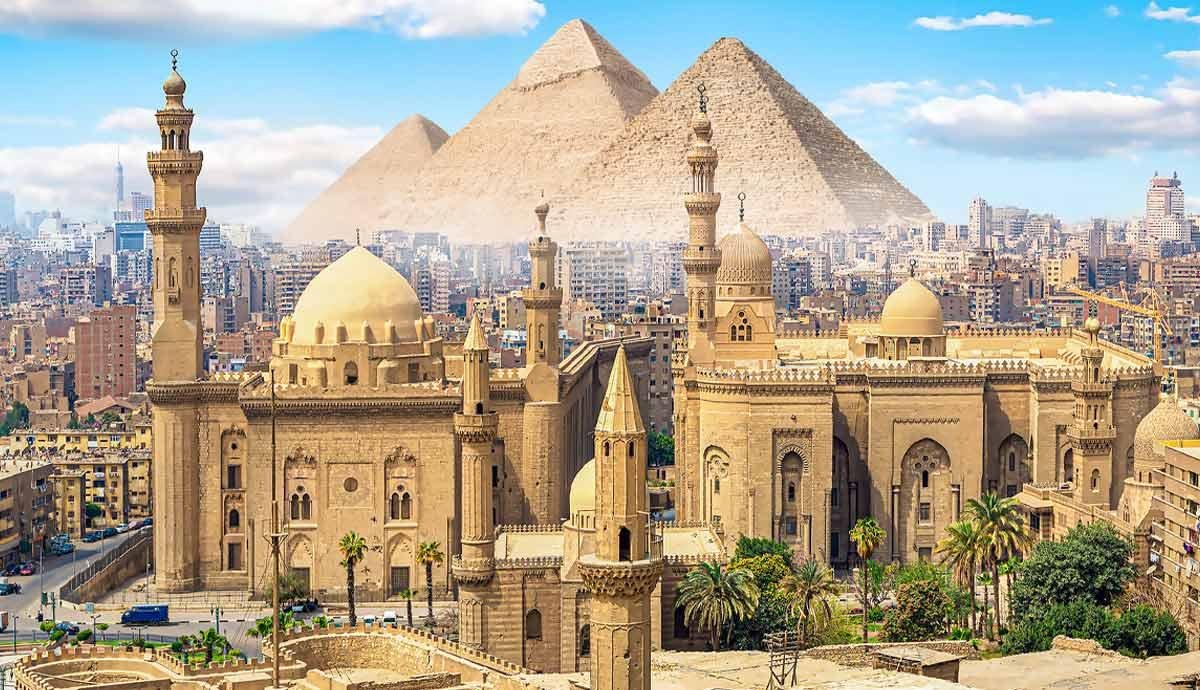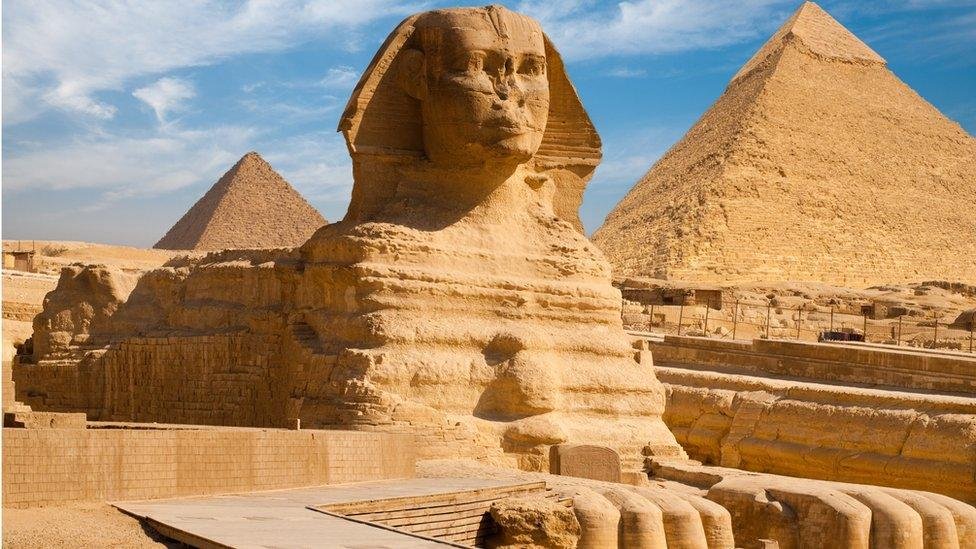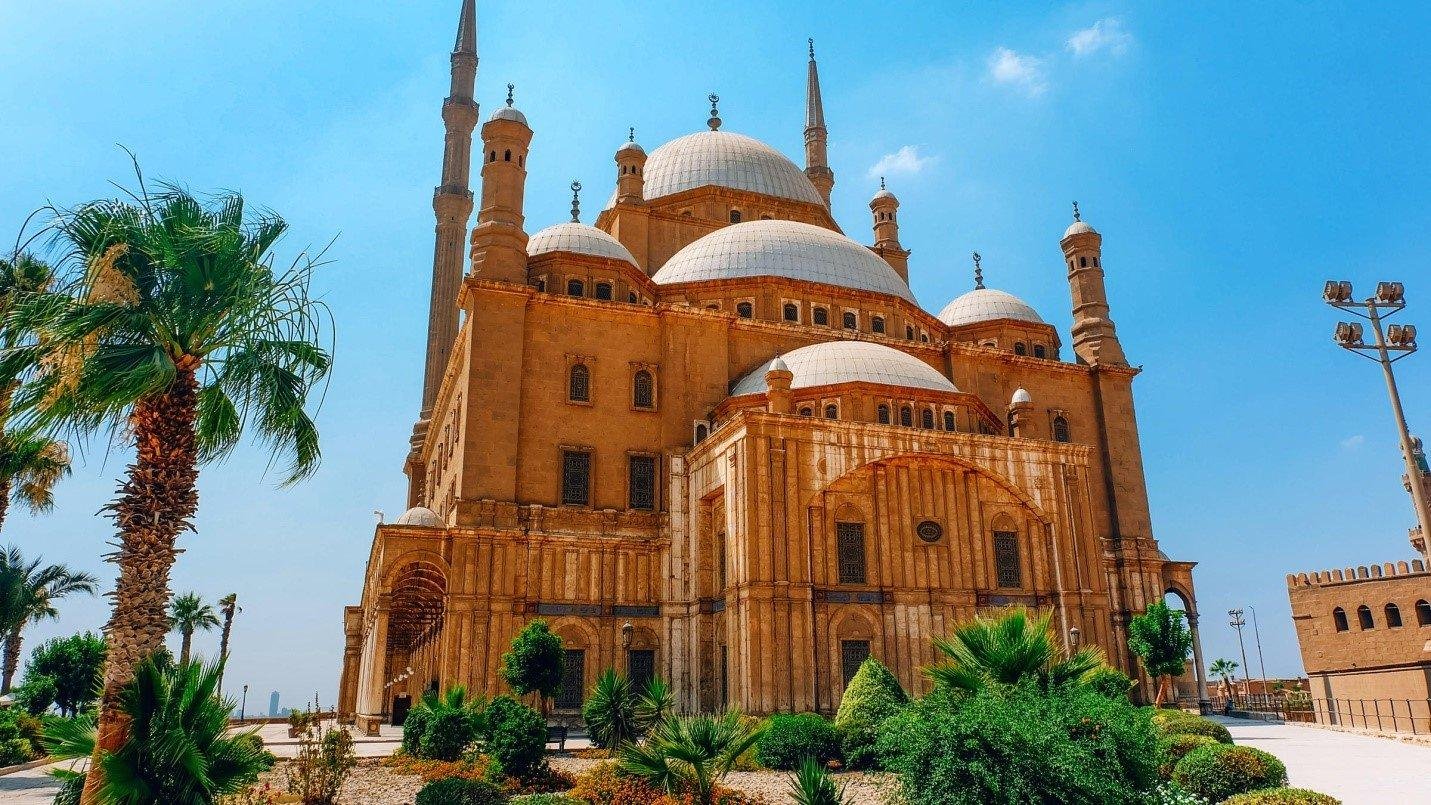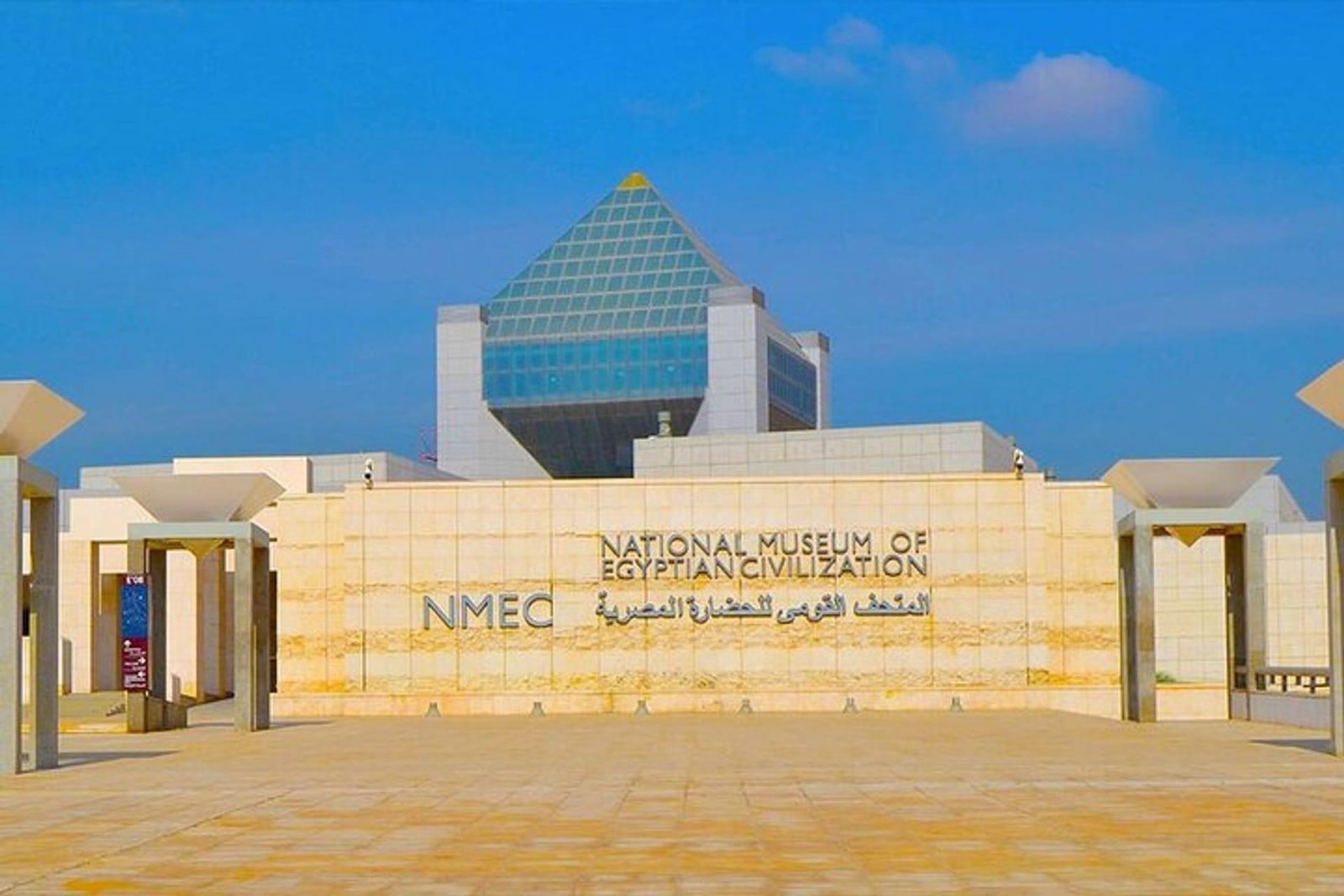Muscat, the capital city of Oman, is a captivating blend of traditional Arabian architecture and modern design, reflecti...
The Architectural Wonders of Cairo, Egypt

Cairo, the capital of Egypt, is a city steeped in history and architectural grandeur, showcasing a remarkable blend of ancient monuments, Islamic heritage, and modern developments. With a rich tapestry of styles reflecting its diverse cultural influences, Cairo's architecture tells the story of its past and its aspirations for the future.
At the heart of Cairo lies the Giza Plateau, home to the iconic Pyramids of Giza, one of the Seven Wonders of the Ancient World. The Great Pyramid, built around 2580 BC, stands as a testament to the ingenuity of ancient Egyptian engineering. Constructed from limestone and granite, these monumental structures were designed as tombs for pharaohs, reflecting their beliefs in the afterlife. The architectural precision and sheer scale of the pyramids continue to astound visitors and scholars alike.

Adjacent to the pyramids is the Sphinx, a mythical creature with a lion's body and a human head, believed to represent the pharaoh Khafre. Carved from a single block of limestone, the Sphinx is an enduring symbol of ancient Egypt, embodying the mysteries and grandeur of its civilization.
Cairo's Islamic architecture is equally impressive, with numerous mosques and historic buildings scattered throughout the city. The Mosque of Muhammad Ali, also known as the Alabaster Mosque, is a stunning example of Ottoman architecture. Completed in 1848, its large dome and minarets dominate the skyline of the Citadel of Saladin. The mosque's intricate interior features beautiful stained glass, elaborate chandeliers, and decorative tile work, making it a must-visit for architecture enthusiasts.
Another architectural gem is the Al-Azhar Mosque, founded in 970 AD and considered one of the oldest universities in the world. This mosque features a combination of architectural styles, including Fatimid, Mamluk, and Ottoman influences. Its grand courtyard and majestic minarets reflect the significance of Al-Azhar as a center of Islamic learning and culture.

The Cairo Citadel, built in the 12th century, is a historic fortress that showcases military architecture from the Ayyubid and Mamluk periods. The citadel's impressive walls, towers, and gates offer panoramic views of the city. Within its grounds lies the Mosque of Sultan Hassan, an architectural masterpiece known for its monumental scale and intricate decorations. The mosque's vast courtyard and towering minarets exemplify the grandeur of Mamluk architecture.
Cairo's rich architectural heritage is further highlighted in the Khan El Khalili market, a bustling bazaar that dates back to the 14th century. The market's narrow alleys are lined with beautifully designed shops, cafes, and traditional Islamic architecture. The vibrant atmosphere combined with the intricate details of the buildings creates a unique shopping and cultural experience.
Modern Cairo also boasts impressive architectural achievements. The Cairo Opera House, designed by Egyptian architect Abdel-Wahed El-Wakil, is a contemporary cultural landmark that hosts a variety of performances. Its sleek design incorporates traditional Islamic elements while embracing modern aesthetics, symbolizing the city’s cultural evolution.

The National Museum of Egyptian Civilization, opened in 2021, represents a significant addition to Cairo's architectural landscape. The museum's modern design seamlessly integrates with its historical context, showcasing Egypt's rich history and cultural heritage. The building features spacious galleries, sustainable design elements, and striking facades that reflect the essence of modern Egyptian architecture.
The architectural landscape of Cairo is also enriched by its residential buildings, many of which reflect a blend of traditional and modern styles. The neighborhoods of Zamalek and Maadi feature beautiful villas and apartment buildings adorned with lush gardens and balconies, showcasing the city’s diverse architectural character. The use of local materials and traditional design elements creates a sense of place that resonates with residents and visitors alike.
Cairo's bridges, such as the Qasr El Nil Bridge, are architectural landmarks that connect different parts of the city. The bridge features elegant arches and decorative elements, providing stunning views of the Nile River. It is a popular spot for locals and tourists, symbolizing the city's connection to its natural surroundings.
The preservation of Cairo's architectural heritage is a priority for the city’s authorities. Restoration projects aim to maintain the integrity of historic buildings while adapting them for modern use. The historic district of Islamic Cairo, a UNESCO World Heritage site, is home to numerous mosques, palaces, and schools that showcase the city’s rich history. Efforts to restore and protect these sites ensure that future generations can appreciate their cultural significance.
Cairo's architecture is also influenced by its vibrant street life. The city's bustling markets, cafes, and public spaces are designed to enhance social interaction and community engagement. The architecture of these areas often features open-air seating, colorful signage, and traditional decorations, creating a lively atmosphere that reflects the spirit of the city.
In addition to its historical and modern architecture, Cairo is known for its artistic expression. The city is home to numerous galleries, cultural centers, and public art installations that celebrate local and international artists. The Cairo International Art Fair showcases contemporary art and design, contributing to the city’s dynamic cultural landscape.
The architectural identity of Cairo is further shaped by its role as a center for education and research. The American University in Cairo, with its modern campus and striking buildings, emphasizes the importance of education in shaping the future of the city. The university’s architecture reflects contemporary design principles while incorporating elements of traditional Egyptian culture.
As Cairo continues to grow and evolve, the architectural landscape will inevitably change. However, the city remains committed to preserving its rich history while embracing modernity. The integration of traditional and contemporary architectural styles creates a unique identity that captures the essence of Cairo.
In conclusion, the architecture of Cairo, Egypt, is a captivating fusion of history, culture, and modernity. From the ancient pyramids and magnificent mosques to contemporary cultural institutions and vibrant public spaces, the city showcases a diverse array of architectural styles that reflect its rich heritage and dynamic evolution. The intricate designs of historical structures, the commitment to sustainability in modern developments, and the integration of nature all contribute to the unique character of this enchanting city.
As visitors explore the architectural wonders of Cairo, they are transported through centuries of history, experiencing the layers of culture that have shaped this remarkable place. Each structure tells a story, revealing the aspirations and achievements of the people who have called Cairo home throughout the ages. With its stunning architecture and vibrant atmosphere, Cairo continues to captivate the hearts of all who visit, inviting them to discover the rich narratives woven into its urban landscape. The seamless integration of tradition and modernity ensures that Cairo remains a fascinating destination for those seeking to experience the beauty and complexity of its architectural heritage.
Share:




